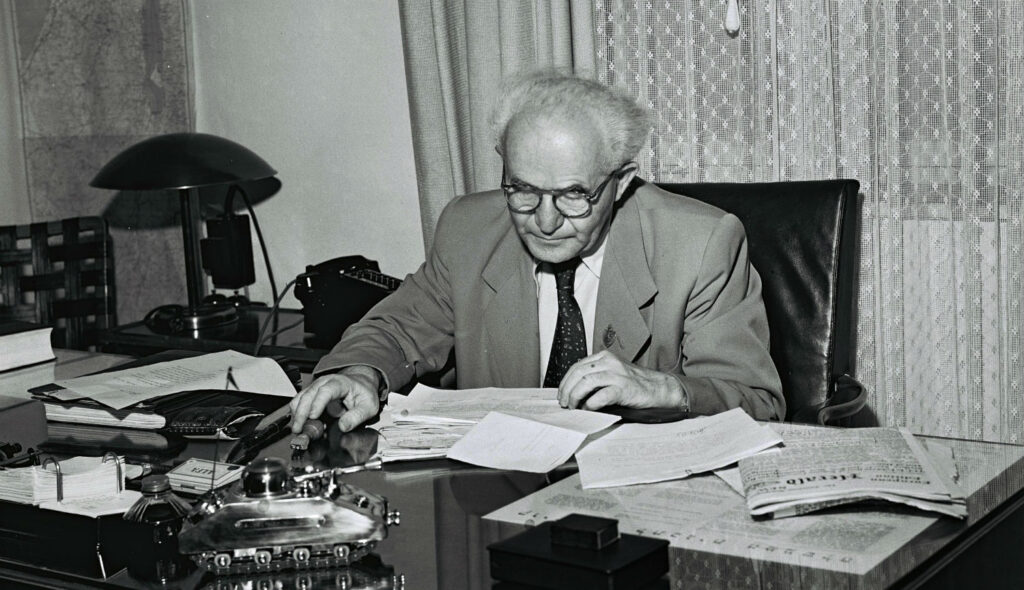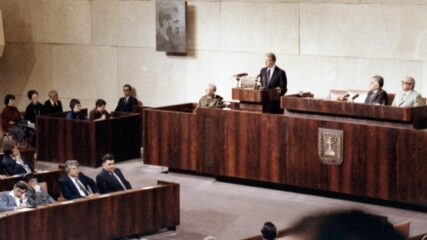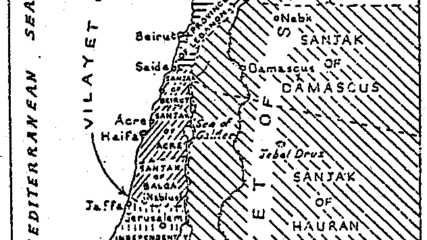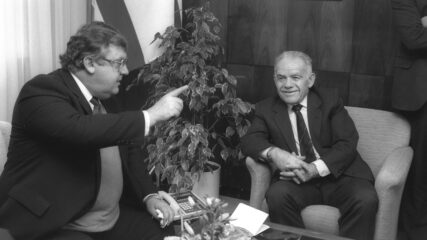March 8, 1949
David Ben-Gurion’s Knesset-leading Mapai party joins the United Religious Front, the Progressive Party, the Sephardi and Mizrahi Communities, and the Arab-led Democratic List of Nazareth to form a government after Israel’s first parliamentary election Jan. 25, in which nearly 87% of eligible voters are estimated to have participated. As he did for the provisional government Israel formed after declaring independence May 14, 1948, Ben-Gurion serves as the prime minister. Israel’s Declaration of Independence called for elections by Oct. 1, 1948, but the War of Independence forced a postponement several times.
The provisional government had established rules and guidelines for free and fair democratic elections and named Israel’s legislative body the Knesset (the Assembly). The 120-seat size of the Knesset is inspired by the ancient Knesset HaGadola, an assembly of 120 Jewish scribes and sages in the first two centuries of the Common Era.
Mapai, the forerunner of Israel’s Labor Party, holds 46 seats in the first Knesset and forms a coalition with several smaller parties to keep its pro-Soviet left-wing rival, Mapam (19 seats), and its primary right-wing rival, Herut (14 seats), in the opposition. Besides Ben-Gurion, the first Cabinet includes two future prime ministers: Moshe Sharett and Golda Meir.
Before Ben-Gurion officially forms a government, the first Knesset meets a few times, and it elects Chaim Weizmann as Israel’s first president Feb. 16.
Ben-Gurion resigns as prime minister Oct. 15, 1950, because of a dispute over education with the United Religious Party. That decision ends the first government, but Ben-Gurion manages to form a new Cabinet that November with the same coalition partners, avoiding another Knesset election.









